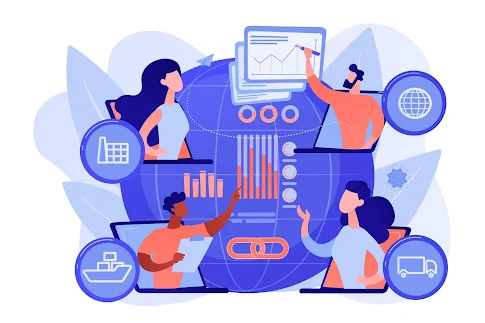A
transportation management system is a technology platform that can help
businesses plan, execute, and optimize the movement of their physical goods,
whether outgoing or incoming. Besides, the transportation management system
ensures the shipment of goods is based on the industry requirements, and proper
documentation has been issued against the same. Such systems are mainly
included in a large supply chain management system. A TMS offers transparent
and complete visibility into a business's day-to-day shipment operations,
documentation, and trade compliance information, while ensuring the delivery of
goods and freight is completed in real-time.
Who are some of the specific TMS users?
Transportation management systems are mainly deployed by organizations required to move, receive, and ship goods daily. These business owners are as follows:
·
Distributors
·
manufacturers
·
retail
businesses
·
eCommerce
companies
· Companies are responsible for offering logistics services or logistics service providers, especially the logistics service providers, fourth-party, or third-party logistics service providers.
An effective TMS can reduce costs for the end consumers and businesses while simplifying the supply chain procedures across modes, carriers, and geographies. Besides, these systems can automate the business operations for accurate and quick documentation and billing processes. A TMS can enhance the security and visibility of goods in transit. The system can also save time as a few manual steps can ensure faster delivery times. It'll allow the business to keep an eye on freight procedures both globally or locally. Owing to better export and import compliance, these systems can minimize shipment delays and penalties.
Apart from shipment delays, real-time updates can enhance consumer satisfaction and customer service. A supply chain consulting group aims to optimize an organization's supply chain by integrating logistics network design. Besides, this group can enhance outbound or inbound logistics while ensuring the proper execution of the supply chain. Next, these processes can include risk management, operation planning while ensuring sustainability and eco-friendliness within the supply chain.









